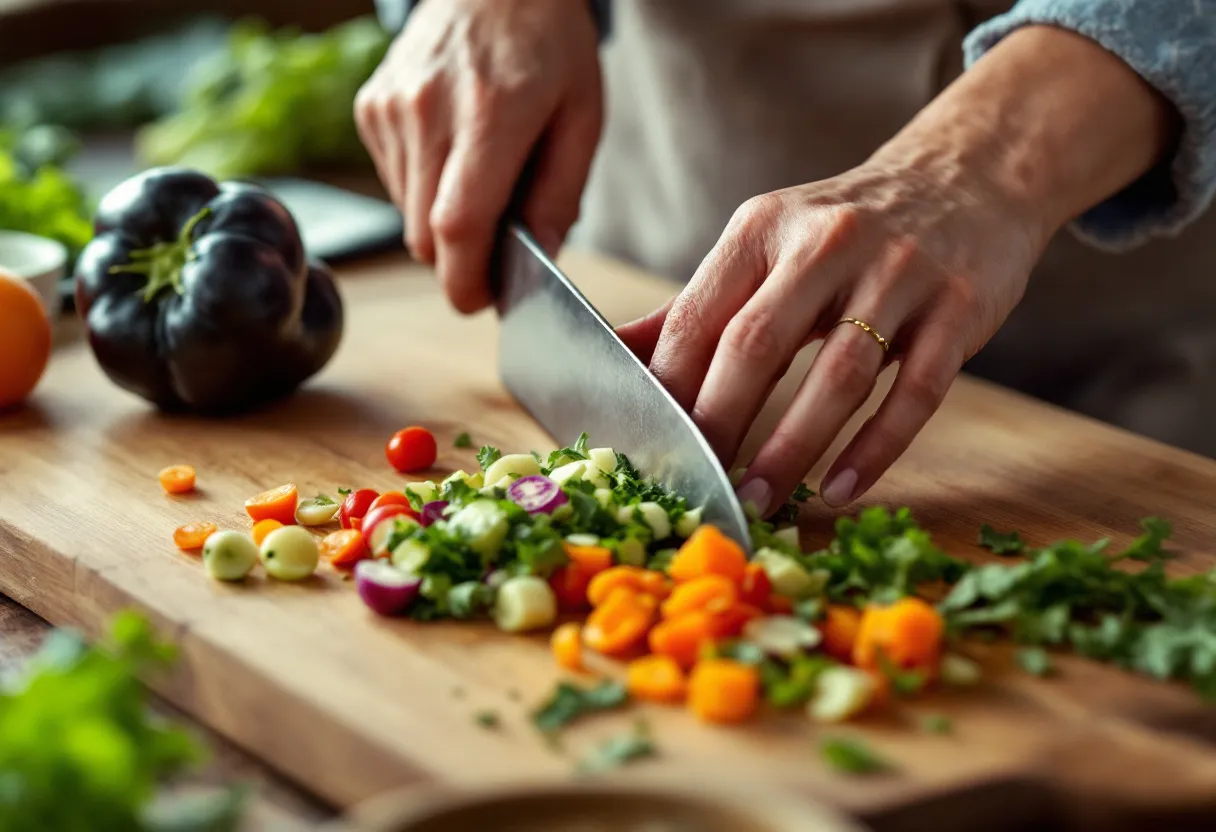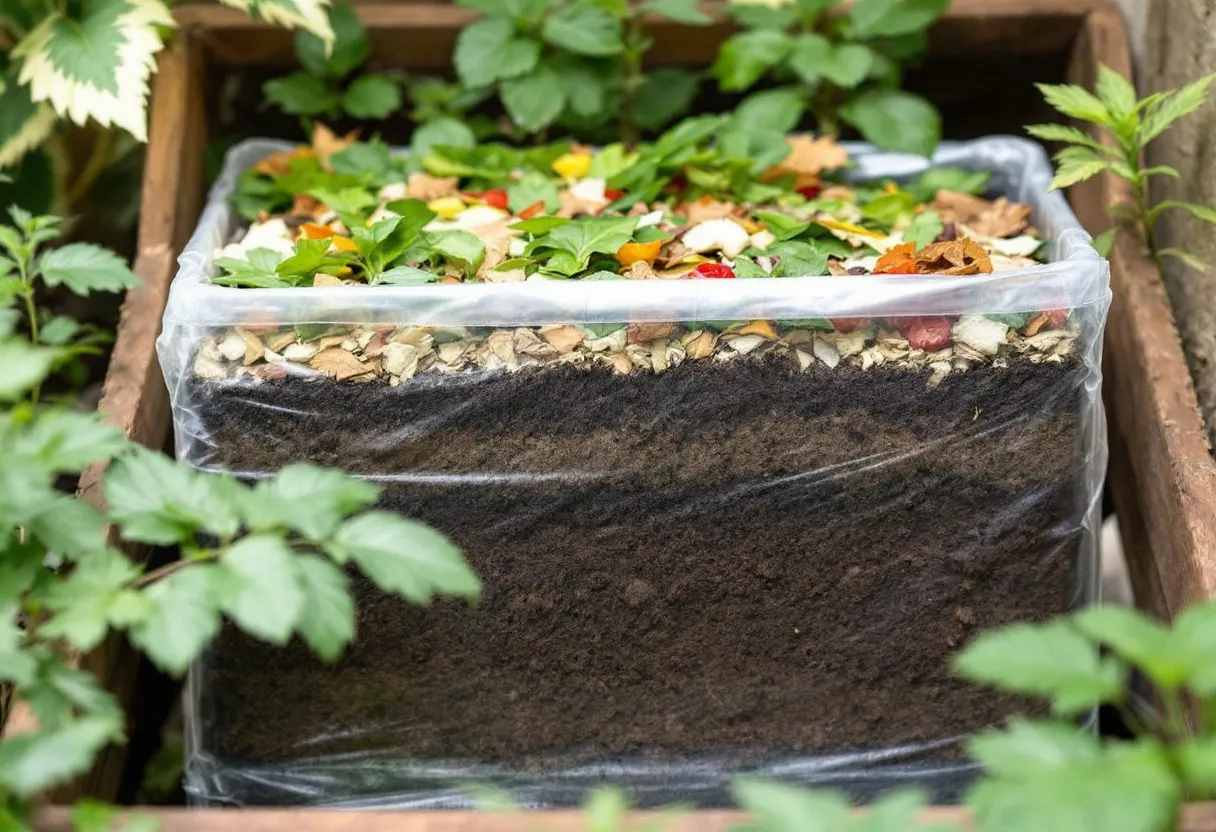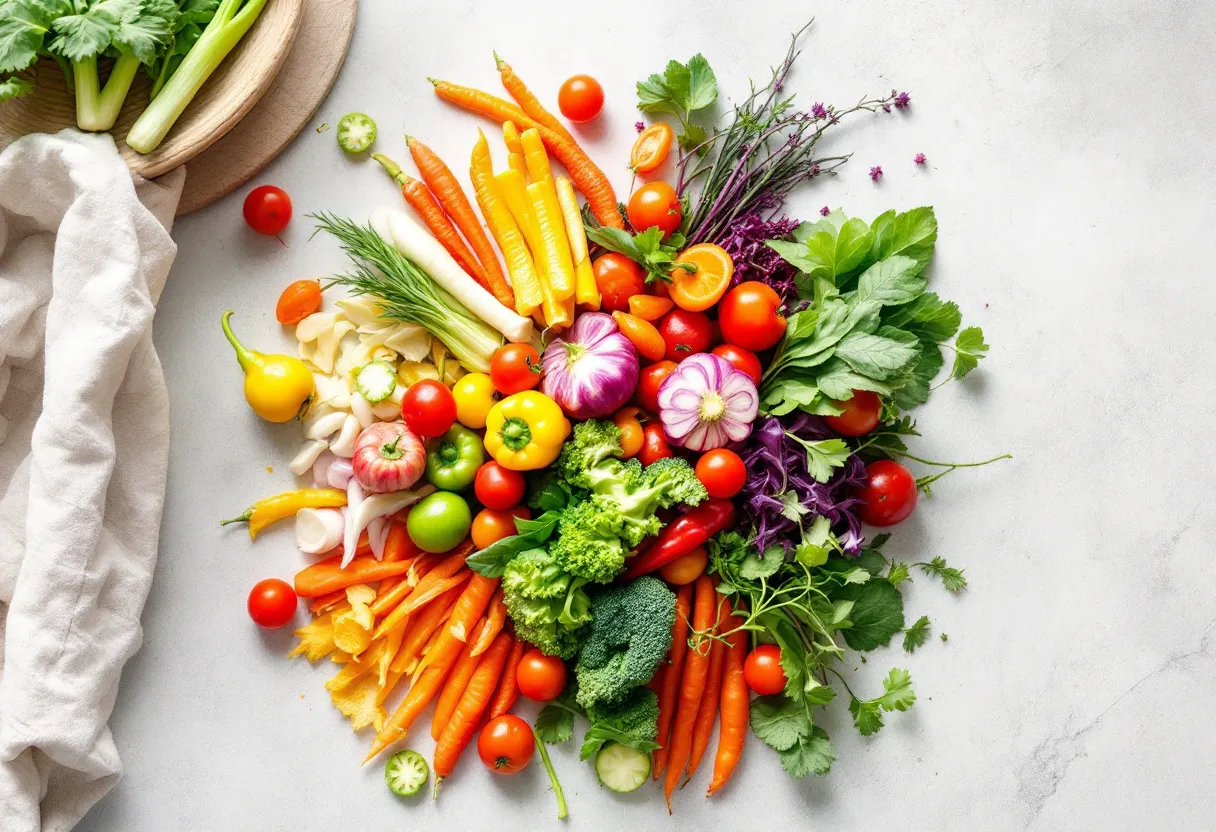Bonjour mes amis! As a researcher at the CNRS and a native of Lyon, I’ve spent years exploring ways to minimize our environmental footprint. One area close to my heart, and frankly, to all our stomachs, is food waste. It’s a colossal problem globally, but here in France, we’re taking steps to tackle it head-on. It’s not just about saving money – though that’s a nice perk – it’s about respecting the resources that go into producing our food and minimizing our impact on the planet.
Understanding the French Approach to Food Waste
France has been a leader in the fight against food waste. The statistics are sobering: each year, we throw away roughly 10 million tonnes of food, costing billions of euros. But here’s the good news: France has implemented some innovative laws, like the one forbidding supermarkets from destroying unsold food and compelling them to donate it to charities. That’s a start, but the real change begins at home, in our kitchens.

Plan Your Meals Like a Pro
One of the biggest culprits of food waste is impulse buying. I get it, those glistening peaches at the market are tempting! But before you give in, take a moment to plan your meals for the week. Make a list (and stick to it!), check what you already have in your fridge and pantry, and only buy what you need. I like to dedicate a few minutes each week – usually Sunday evening, with a glass of Cotes du Rh0ne – to map out our meals.
Master the Art of Proper Storage
Knowing how to store food properly can significantly extend its shelf life. For example, did you know that tomatoes should never be refrigerated? They lose their flavor and texture. Instead, keep them at room temperature. Herbs can be stored like flowers in a glass of water in the fridge. And don’t forget the freezer! It’s your best friend for preserving leftovers, bread, and even fresh herbs. I often freeze pesto in ice cube trays for easy portioning.
Creative Ways to Use Leftovers: Beyond the Doggy Bag
Let’s be honest, leftovers often get a bad rap. But with a little creativity, they can be transformed into delicious new meals.
Transforming Yesterday’s Roast Chicken
Roast chicken is a classic French dish, and the possibilities for leftovers are endless. Shredded chicken can be used in salads, sandwiches, or even a quick chicken pot pie. The carcass can be simmered into a flavorful broth for soup. I often make a batch of chicken stock on Sunday evenings, using the leftover carcass and vegetable scraps.

Vegetable Scraps: From Trash to Treasure
Don’t toss those vegetable peelings! Carrot tops, onion skins, and celery ends can all be used to make a delicious vegetable broth. Simply simmer them in water with some herbs and spices, and strain. You can also roast vegetable scraps with olive oil and herbs for a crispy, flavorful snack. And those slightly wilted greens? Saute them with garlic and olive oil for a quick and healthy side dish. Remember my grandma always said: “Nothing is truly waste until you waste it.”
Embrace the “Anti-Gaspillage” Mindset
Reducing food waste is not just a trend; it’s a lifestyle. It’s about being mindful of the food we buy, cook, and eat. It’s about embracing creativity in the kitchen and finding new ways to use leftovers. It’s about respecting the planet and the resources that go into producing our food. So, let’s all commit to reducing food waste in our kitchens, one delicious meal at a time. And maybe, just maybe, we can all learn to love our leftovers.
Composting: The Final Frontier
Even with the best planning and creative cooking, some food waste is inevitable. That’s where composting comes in. Composting is a fantastic way to turn food scraps into nutrient-rich soil for your garden. Even if you don’t have a garden, you can compost in a small container on your balcony or donate your compost to a local community garden.

It’s not always easy, but it’s a habit worth cultivating. And who knows, maybe you’ll even inspire your neighbors to join the anti-gaspillage movement!
